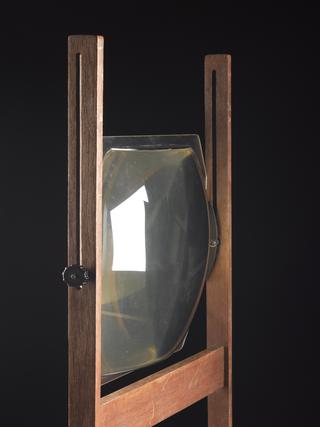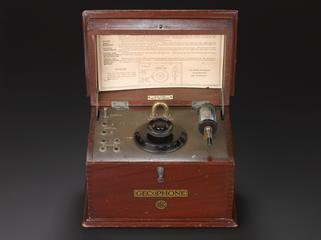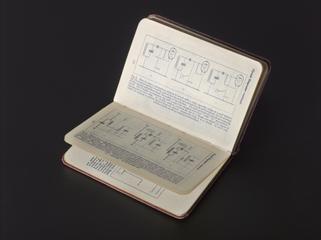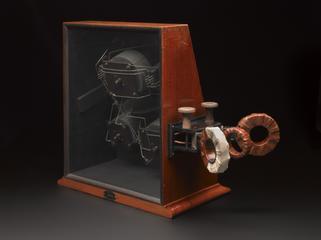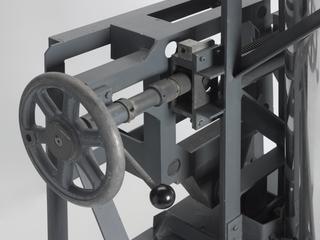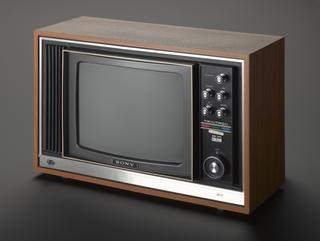
Six-stage super heterodyne receiver processed on the ECME system, 1936-1955
- Made:
- 1936-1955 in Walton-on-Thames
- manufacturer:
- Sargrove Electronics Limited
- maker:
- John Adolph Sargrove




Six-stage super heterodyne receiver processed on the ECME system, probably made by Sargrove Electronics Ltd, Walton-on-Thames, Surrey, England, 1936-1955.
John Sargrove was a pioneer of Electronic Circuit Making Equipment (ECME), in order to automate the process of making radios. ECME could automatically produce complete radio circuit panels ready for assembly, at a rate of three per minute. A pre-moulded Bakelite panel was grit blasted, sprayed with metal and graphite, milled, lacquered and tested, emerging 20 seconds later for final assembly. The panels then only required a few components such as valves to be inserted by hand, and the completed assembly was fitted into a cabinet. This is an example of one radio receivers made using this process. Sargrove's idea was never taken up generally, partly because it was seen as a threat to jobs, but represents the first modern approach to automatic operation in electronic manufacture.
Details
- Category:
- Radio Communication
- Object Number:
- 1967-216
- Materials:
- plastic (unidentified), bakelite, copper (metal) and metal (unknown)
- Measurements:
-
overall: 185 mm x 310 mm x 210 mm, 4.27kg
- type:
- radio receiver
- credit:
- Donated by John Adolphe Sargrove
